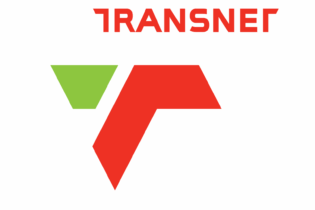The shipping industry in East Africa will later this month launch a new body to lobby for policy decisions for faster transportation and clearance of goods in the region. The move is spearheaded by the Kenya Shipping Council, under the Chief Executive Officer, Gilbert Langat.
“The intention is to increase our capability to influence trade policy in the region and hasten the integration process,” said Langat while launching the report for 2011 entitled: Logistics Performance Index (LPI) for East Africa, which compares EAC’s performance in trade logistics, indicators of time, cost and complexity with the world’s leading trade hubs.
Issues that often come up include delays at the Mombasa port due to multiple clearance procedures, police road blocks and weigh bridges as well as the security of transit cargo. The LPI data base will be used to identify major bottlenecks in EAC and help frame the needs and priorities for trade facilitation and logistics reforms.
The shipping councils have been instrumental in lobbying for efficiency, especially in the facilitation of imports within East Africa. As the major importers and exporters, shippers are the most affected group
by bottlenecks that have made EAC one of the most expensive regions for transporting goods compared to other relatively well performing economies.
The LPI noted that high transport costs in the region pose a serious challenge to the ability to effectively compete with the rest of the world. The cost of transporting export goods is 60 to 70 per cent higher than in the United States and Europe and 30 per cent higher than southern Africa.
This is estimated to reduce economic growth by one per cent annually, especially in landlocked Burundi, Rwanda and Uganda, whose development depends on transit solutions from the maritime gateways of neighbouring Kenya and Tanzania.
“Currently there are major challenges in terms of inadequate and poor infrastructures of the ports, railways, roads and pipelines. Other constraints affecting logistics in EAC include the limited use of information technology to process trade documents by all trade facilitating agencies,” the report said. It noted that this lead to the manual processing of documents negating the effect of ICT usage at ports and revenue authorities within the region. The integration of the shipping industry in East Africa is part of the trend by regional professional bodies to work closely in order to have a common strategy to tackle recurring hurdles. Source: http://allafrica.com







